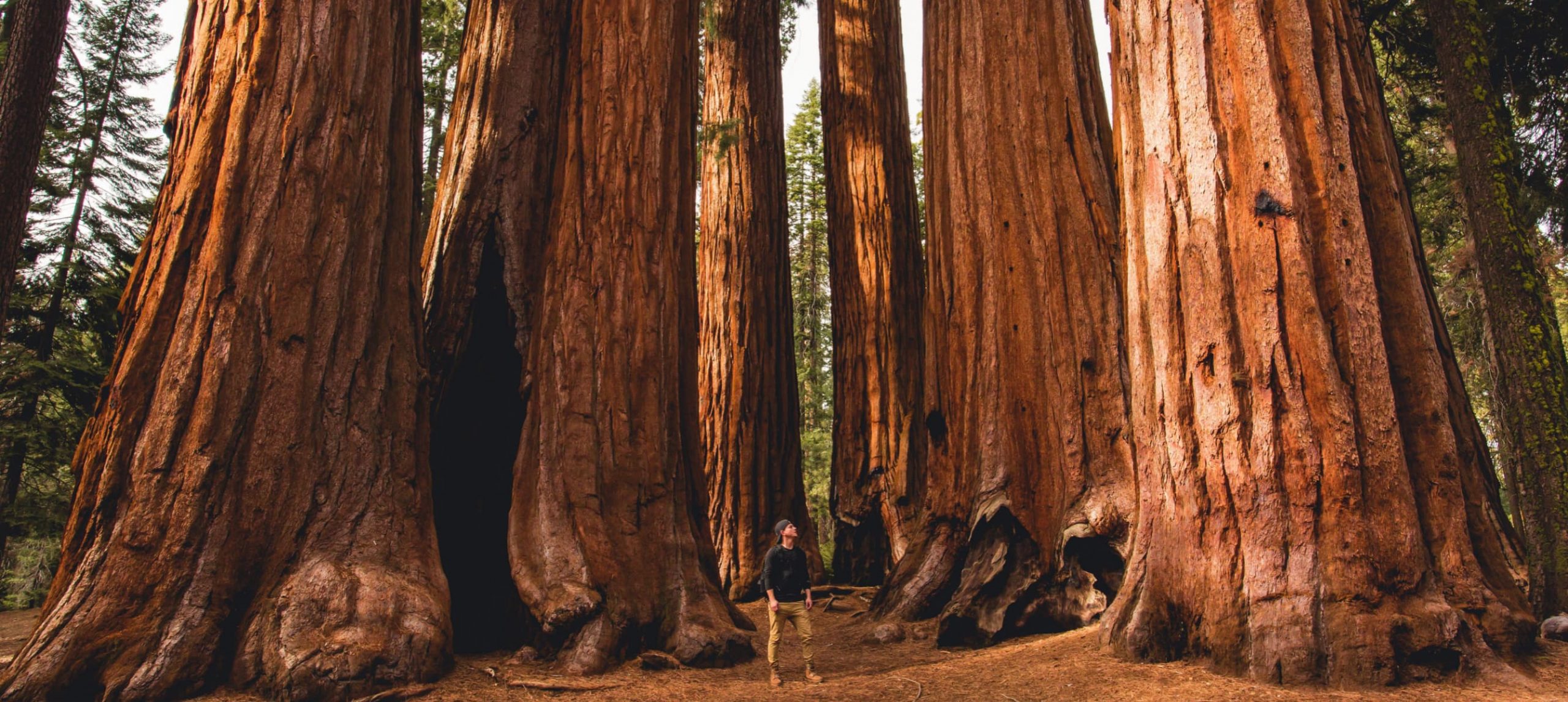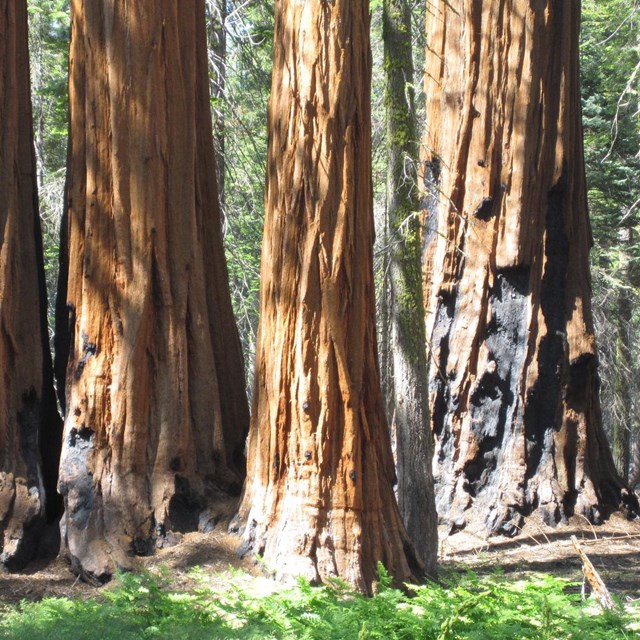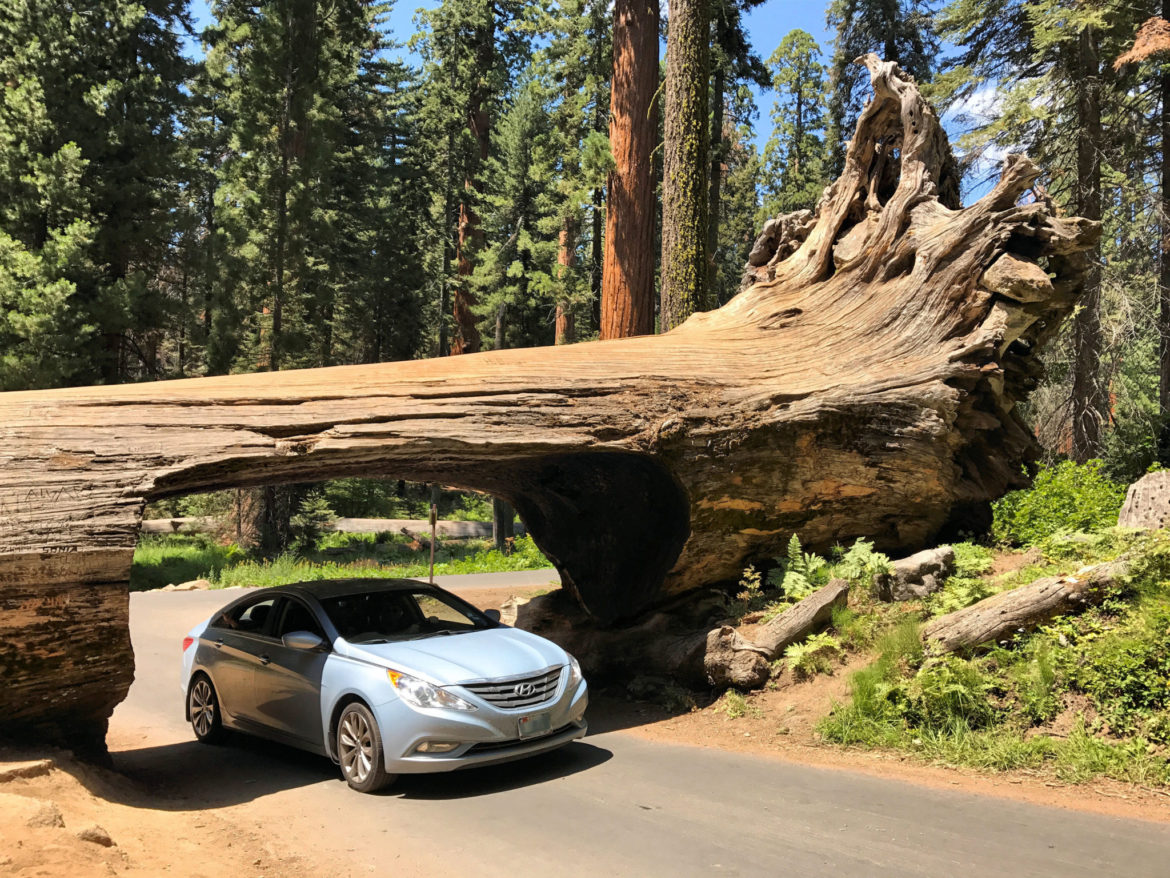Uncover the Historical Significance of Sequoia National forest's Spots Sites
Sequoia National forest stands as an essential site for understanding the interplay between natural wonders and human history, with its landmark sites providing profound understandings right into both eco-friendly conservation and social evolution. From the towering General Sherman Tree, a symbol of conservation efforts started in the late 19th century, to the historical Wuksachi Lodge that reflects the building developments of the National forest Solution, each area informs an unique story. Nevertheless, the importance of these sites expands past mere appearances, intertwining the stories of Native heritage and eco-friendly stewardship in means that compel further expedition.
The Titan Sequoias' Heritage
The heritage of the Titan Sequoias prolongs much beyond their remarkable stature and age; these enormous trees offer as an effective icon of conservation and environmental stewardship. Standing as several of the earliest living organisms in the world, they symbolize strength and long life, drawing countless visitors who look for to link with nature's magnificence. The Sequoias have actually influenced generations to acknowledge the value of preserving all-natural habitats and biodiversity.
Their distinct ecology supports a selection of life types, from diverse plant varieties to many animal inhabitants, emphasizing the interconnectedness of environments. The Titan Sequoias have become emblematic of the wider environmental movement, highlighting the urgent need for sustainable methods and recognition of environment adjustment. Their magnificent existence has galvanized efforts to secure not only the trees themselves yet likewise the expansive landscapes they live in.
On top of that, the social importance of the Giant Sequoias is profound, reverberating with Indigenous communities that have actually prized these trees for centuries. Sequoia National Park parking. Therefore, the heritage of the Titan Sequoias is not merely a testament to their physical attributes, yet also a continuing contact us to activity for ecological conservation and respect for natural heritage, promoting a much deeper understanding of humanity's duty within the environment
Early Preservation Initiatives
Recognizing the importance of the Titan Sequoias not just as natural marvels yet also as signs of ecological importance, early preservation initiatives arised in reaction to the dangers posed by logging and land growth. The mid-19th century saw boosting awareness of the distinct ecological community surrounding these majestic trees, which spurred individuals and companies to support for their defense.
In 1890, Sequoia National forest was developed, turning into one of the initial nationwide parks in the USA. This significant step was mainly driven by the initiatives of prominent conservationists such as John Muir, who highlighted the demand to preserve these ancient titans for future generations.
Legal measures were additionally carried out to suppress unsustainable logging techniques. The establishment of protective guidelines intended to protect not only the Giant Sequoias yet also their surrounding habitats, which are vital for preserving biodiversity.
In addition, very early preservation teams arranged initiatives to enlighten the public about the ecological value of the Sequoias, cultivating a society of recognition and stewardship. These foundational initiatives prepared for ongoing preservation initiatives, guaranteeing that the splendour of Sequoia National forest continues additional info to inspire and educate site visitors today.

Historical Structures and Landmarks
Sequoia National forest's historical structures and landmarks work as testament to the park's rich social heritage and its role in the early preservation motion. Amongst one of the most considerable is the Titan Forest, home to the General Sherman Tree, the largest tree on Earth by quantity. This legendary all-natural monolith is matched by the close-by Titan Woodland Gallery, which showcases the ecological and historic stories of the location.
One more vital landmark is the historical Wuksachi Lodge, built in 1925, which reflects the National Park Service's early building design and its dedication to advertising tourist while maintaining all-natural elegance. Additionally, the park features the Moro Rock, a granite dome that offers breathtaking views and has been a site of entertainment and inspiration since the park's facility.
These frameworks not just enhance site visitors' experiences yet also personify the concepts of conservation that emerged in the late 19th and early 20th centuries. By protecting these sites, Sequoia National Park underscores the significance of protecting both all-natural and social heritage, guaranteeing that future generations can appreciate the historical and environmental significance of this remarkable landscape.

Native American Heritage
Snuggled within the majestic landscapes of what is now Sequoia National Park exists an extensive heritage of Indigenous American heritage, specifically that of the Yokuts individuals who have actually populated this area for hundreds of years. The Yokuts, with their ingrained link to the land, used its varied sources for sustenance, social techniques, and spiritual beliefs. Their understanding of the regional ecology has added considerably to the preservation of this distinct setting.
Throughout the park, different websites and artifacts act as testimony to the Yokuts' rich background. Rock art, grinding stones, and residues of habitation highlight their innovative understanding of the all-natural world. The seasonal movements of the Yokuts were elaborately linked to the rhythms of the neighborhood communities, showcasing a flexible way of life that balanced with the land.
Furthermore, the dental traditions and stories gave via generations reflect an extensive partnership with the imposing sequoias and the surrounding hills, which were considered sacred (Sequoia National Park parking). Acknowledging and honoring this heritage is vital not only for protecting the cultural narratives of the Yokuts but also for cultivating a much deeper gratitude of the park's historic value
The Duty of the National Forest Solution
Although the natural appeal of Sequoia National forest draws visitors from around the globe, it is the National Park Solution (NPS) that plays a vital duty in protecting this distinct landscape and its historic importance. Developed in 1916, the NPS is charged with managing and safeguarding the country's most cherished all-natural and cultural resources. In Sequoia National Forest, the agency concentrates on preservation initiatives that balance eco-friendly stability with visitor accessibility.
The NPS is in charge of preserving the park's legendary functions, including the huge sequoias and their surrounding ecological communities. This includes implementing fire monitoring practices that support the wellness of these ancient trees while additionally guarding the park from prospective wildfires. Additionally, the NPS takes part in historic conservation efforts, guaranteeing that landmarks such as the Giant Woodland Gallery and the General Sherman Tree are properly maintained and available for academic objectives.
Via interpretative programs and neighborhood outreach, the NPS cultivates a gratitude for the park's rich social heritage, including its Native American background. By advertising stewardship and lasting tourism, the National forest Solution makes sure that Sequoia National Park continues to be an essential source for future generations.

Conclusion
The historical importance of Sequoia National forest's site websites expands beyond their natural grandeur, encapsulating essential stories of preservation, architecture, and Indigenous heritage. These elements jointly promote an understanding of the complex partnership between humankind and the atmosphere. By protecting both the magnificent gigantic sequoias and the cultural backgrounds linked with them, Sequoia National forest offers as an essential reminder of the value of environmental stewardship and the demand to honor the heritages of both nature and Aboriginal individuals.
Comments on “Sequoia National Park Activities-- What to Do and See Throughout Your Remain”